Disclosure: Meeple Mountain received a free copy of this product in exchange for an honest, unbiased review. This review is not intended to be an endorsement.
I love the game The Search for Planet X, the excellent app-driven deduction game from Renegade Game Studios released last year. As much as I love it, it is not a great fit for my 8-year-old daughter so I’m always looking for ways to upgrade beyond Clue Jr., our current family deduction/mystery game buried in the kids’ toy collection.The Key, a series of strategy games from German game publisher HABA, is aimed at “older” kids, at least when compared with some of the other products in the HABA line. After chatting with members of HABA’s US arm at PAX Unplugged last December, I was given the chance to review the 3 games in this series:
- The Key: Murder at the Oakdale Club
- The Key: Theft at Cliffrock Villa
- The Key: Sabotage at Lucky Llama Land
I played all 3 games multiple times, so let’s talk about what works and what doesn’t with this collection!
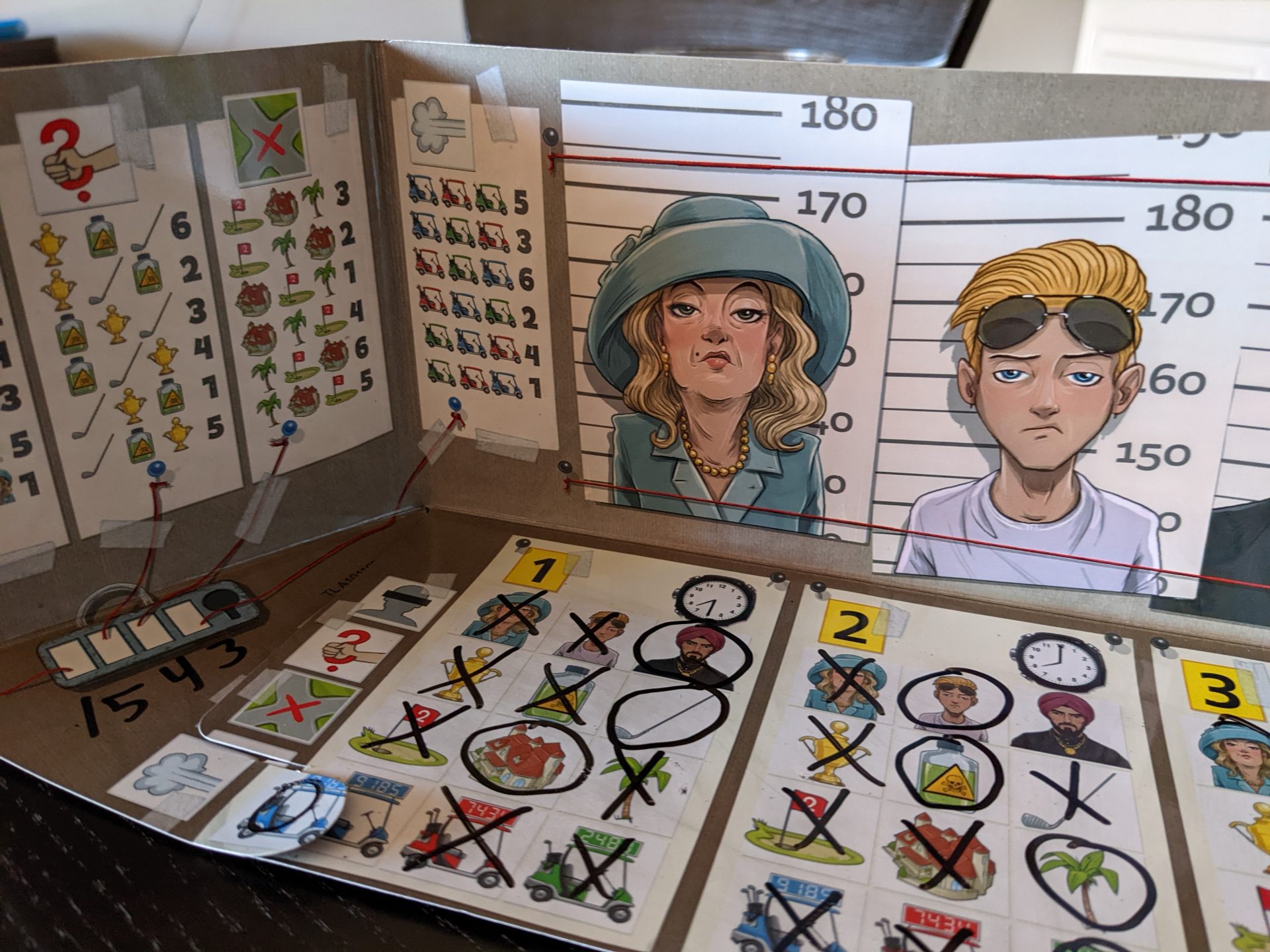
The Format!
In every game of The Key, each player is armed with an investigation file, a player screen (known as a “Briefcase Screen”), and a dry-erase marker used to track clues away from the prying eyes of your competitors. On your screen, you have the full list of things you must track: the time/day of each crime, suspects, getaway vehicles, and then additional information based on the difficulty and the details of the crime (murder weapons, stolen items, crime scenes, etc.). In the Starter level difficulty of these cases, there are 3 of each of the above items; in the Medium difficulty, there are 4 of each.
Spread in full view of all players in the middle of the table: one of 9 colored keys plus all 140-190 cards that will be used to provide clues to any player who grabs a card first. On the front of each card, there’s helpful information:
- The color code pertaining to the key: in this way, players will only select cards that align with the current case. This also means that colorblind players will have to ensure they can properly see the main colors used in this game because the colors are not patterned in any way (green with dots, red with stripes, etc.)
- The type of card: witness statements (worth 2-3 points) and lab results (always 4 points). At the end of each game, the player with the LOWEST score wins, meaning that witness statements usually give the winning player an edge; of course, witness statements are also harder to use to make major headway in each case!
- The categories each card will help to solve: each card provides information on 1-3 parts of each crime. So, if you are light on information on the murder weapon, you can take cards that give clues for just the weapon if you want.
When someone yells go, players work independently and with no turn order to grab cards from the pile (it really is just like digging for evidence!), placing those cards behind their screen, and beginning to cross off possible scenarios using their dry-erase markers. Using a handy coding system listed on the left side of the player screen, you’ll come up with a 3- or 4-digit code that will be needed once all players solve the crime to see if you have the correct code, using a solution board which is hidden during gameplay.
The first player to solve the crime takes the wooden key. This doesn’t guarantee a win, but it does guarantee that a correct solution plus the key will allow that player to remove one of their lowest-point-value cards from their score, meaning they can subtract 2, 3 or 4 points from their final tally. Even though that doesn’t sound like a big advantage, almost all of my games have been decided by that margin. (Strangely, holding the key is not the tiebreaker; that is given to the player who used the least total number of cards, which I can get along with.)
The 9 wooden, colored keys in each game means that each game is fully resettable/replayable 9 times. Maybe that’s “The Key”, eh?
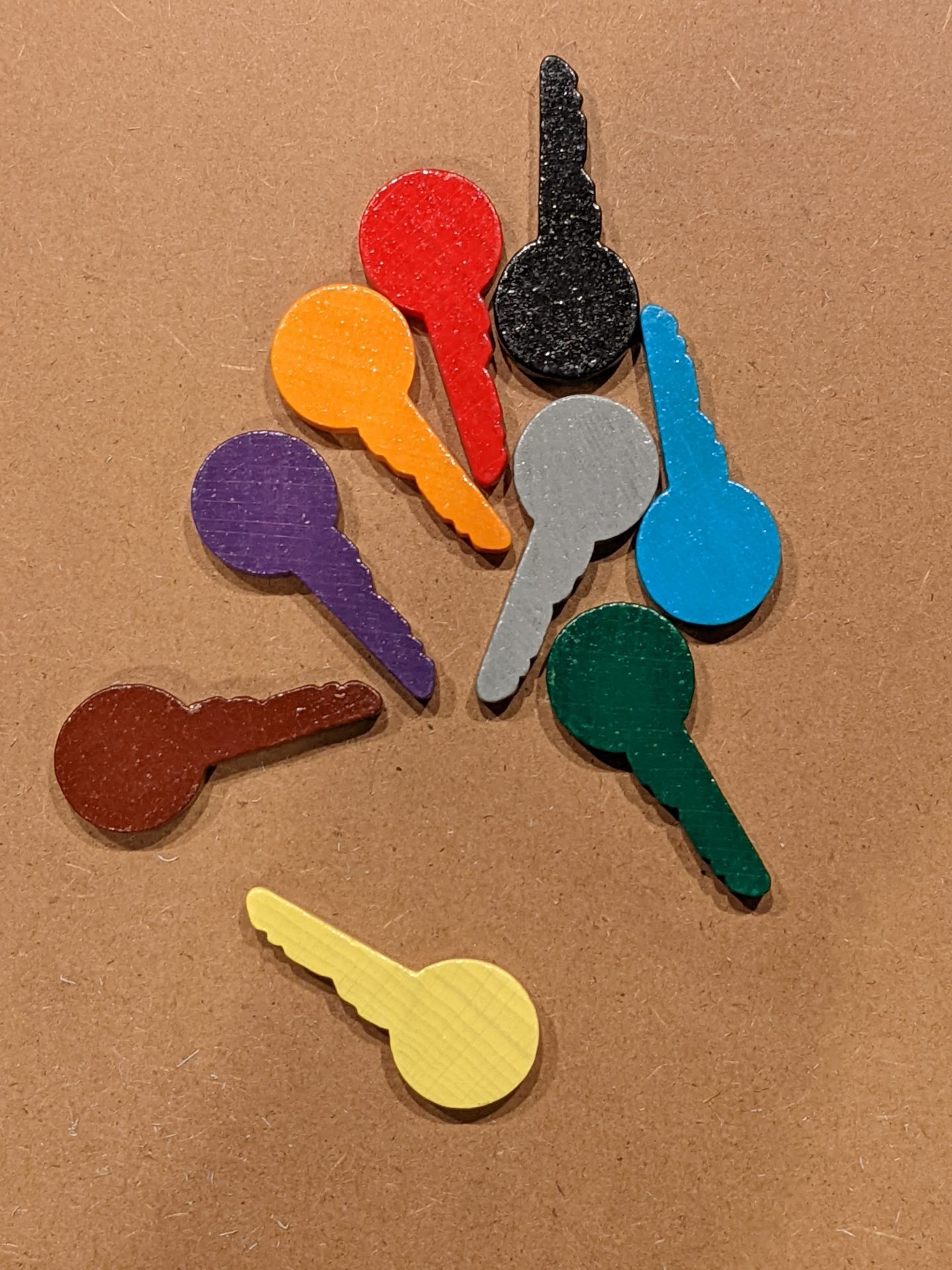
The Key: Murder at the Oakdale Club
I wanted to use The Key: Murder at the Oakdale Club as my first entry into the series for three distinct reasons:
- I wanted to play at least one of these games as ONLY a solo experience. All of the games in this series play 1-4 players, so I wanted to get a sense of how it would play as a more leisurely score challenge experience.
- This is the only one of the 3 games that is deemed “Medium” difficulty. The other 2 games are at the “Starter” difficulty, which seemed like a better fit for my daughter to join me for the experience.
- “Daddy, could we play one of the other games? I don’t want to play the one with murder.” This was the actual quote from my daughter when she looked through the box of all 3 The Key games, so “Sabotage” and “Theft” will fit better for her. The suggested age range for these games is 8+ but I’ll admit I was surprised that one game is really about a murder! (Maybe in Germany, murder is more of a family-friendly topic.)
As a solo game, The Key: Murder at the Oakdale Club was a tough cookie even without facing other human competitors in a race to find evidence with the lowest scores. I failed multiple times as I tried to focus on using only the 2-point clue cards instead of the 4-point ones. You’ll need to use a mix of clues to get to the solution faster, but I’m a glutton for punishment!!
Solo scoring feels very much aligned to where scores will land when competing against people. A score of under 20 seems like a real miracle, with most games landing in the high 20s-low 30s range. It was funny to continuously work on score challenges with additional plays.
In terms of issues, one of the downsides of The Key series comes down to card translation. Each card, if it features any written words, appears in both English and French. While minor, there are going to be a couple of moments where you might find yourself lost only because of how English is used to describe certain clue elements in the game.
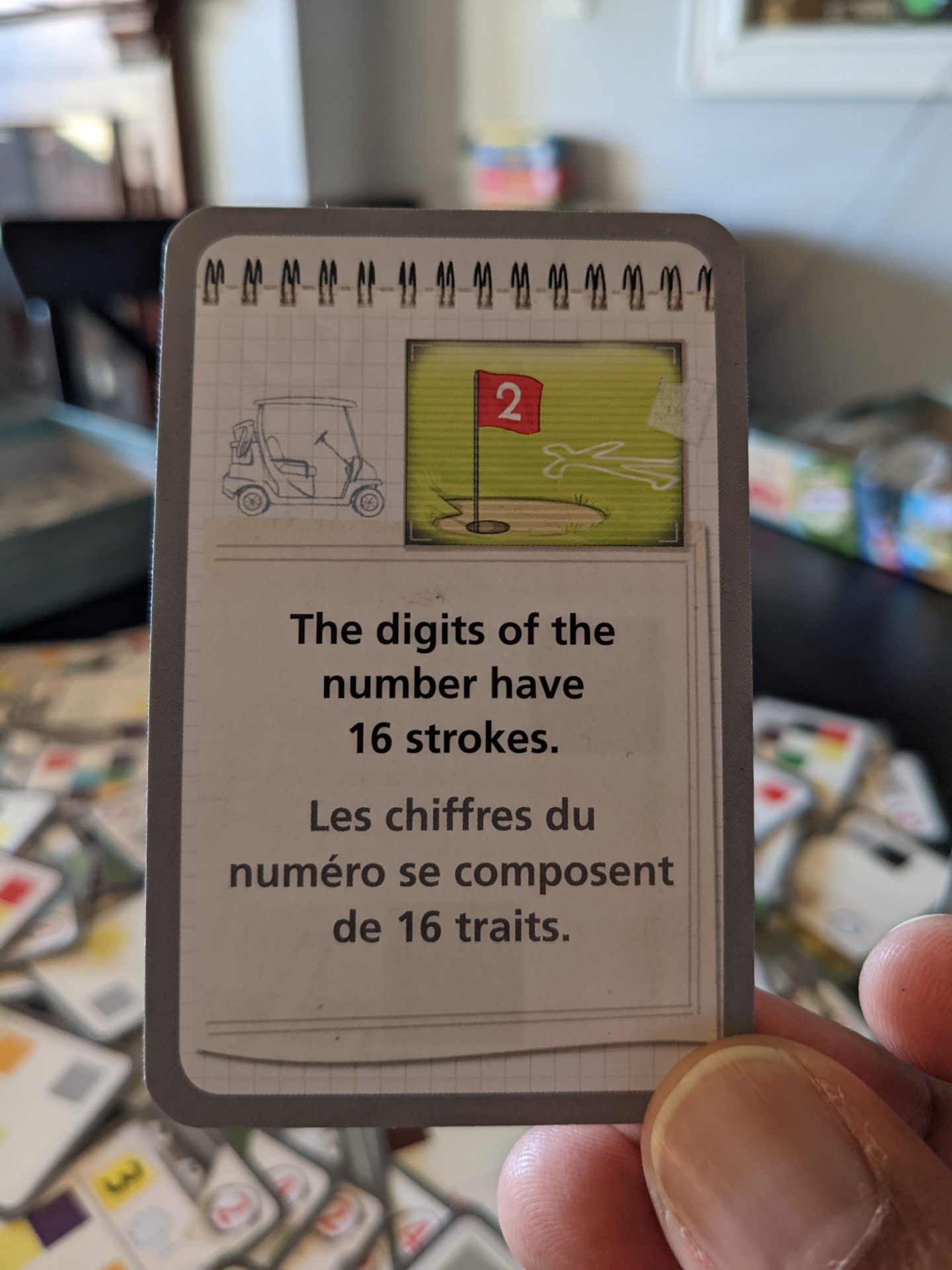
These don’t completely break the experience, but it will definitely lead to situations I have seen in every game, where one player has the completely correct solution but on the wrong day, or at the wrong time, thanks to one clue getting lost in translation.
That said, competitive deduction players will want to start with this game because it is the hardest in the series.
The Key: Sabotage at Lucky Llama Land
My daughter took one look at the cover of The Key: Sabotage at Lucky Llama Land and we both knew that was the game we would play first as a family. (Again, she wanted nothing to do with playing a game about murder. This is why Clue Jr. works so well for her: the goal is to find out who stole a piece of cake, not who murdered Mr. Boddy in the adult version!)
Unfortunately, we then opened the box and found that the game’s clues didn’t work as well for us as the clues do in The Key: Theft at Cliffrock Villa. In part, that stems from this game’s biggest clue flaw: some cards require the use of a small mirror to study footprints which appear in reverse in the investigation file. This element just never landed with anyone we introduced to the game, and it was sometimes harder to tell which footprint was going in the wrong direction, confusing the entire operation.
And even though there was technically no murder committed at Lucky Llama Land, it seems like items were used to break some of the rides in the theme park, which may or may not have led to some people getting killed on rides. (The game never explicitly says that anyone has died, but my daughter is bright enough to see through the ideas here to know that sabotage probably led to somebody getting killed!)
Our family played The Key: Sabotage at Lucky Llama Land 3 times because my daughter loved playing it so much, despite those goofy footprint clues. It’s a solid game, even if it was our least favorite game in the series.
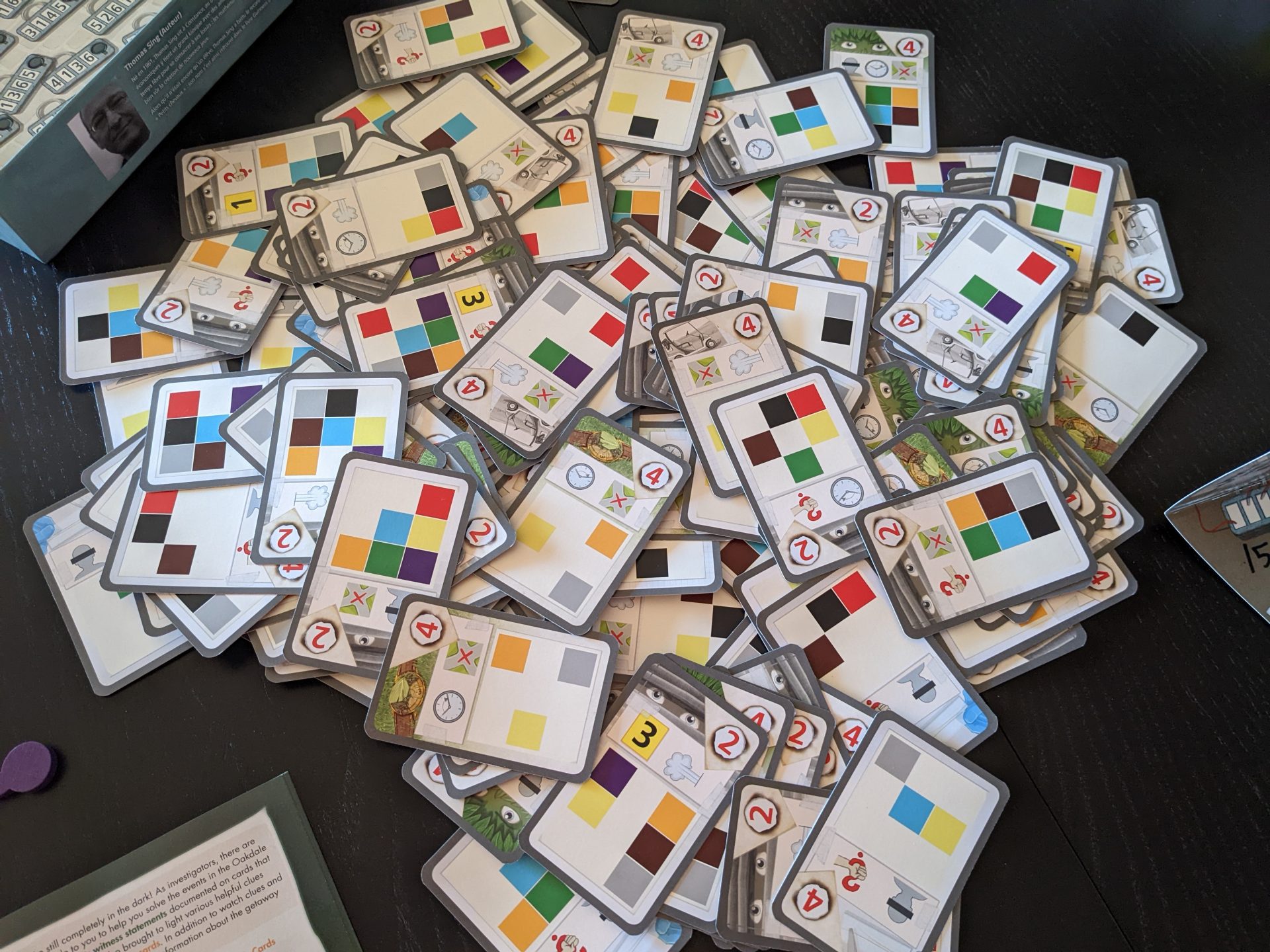
The Key: Theft at Cliffrock Villa
My third run of The Key series came by surprise. During a game night with friends who wanted to finish with Lords of Waterdeep, one of them brought The Key: Theft at Cliffrock Villa and asked if we could play a quick deduction filler first.
“I’m literally reviewing this game this week!” I shouted excitedly. It was a great surprise to play with “serious” gamers to get a perspective outside of my house of how The Key lands with other audiences.
In Theft at Cliffrock Villa, players have to sort out 3 things: who stole which item at what time; what was robbed, and how did each criminal get away. The beauty of Theft at Cliffrock Villa, like Sabotage at Lucky Llama Land, is that both games land at the “Starter” difficulty level. In other words, these two games are just like the board game Clue.
The investigation file with clues is very straightforward but gives players a chance to feel like they discovered something in each play. For example, there are 9 different fingerprints used in the game, but each is slightly different, just enough to make it feel like a nice win when you find the right one. The same goes for pictures of each criminal’s satchel on the back cover of the investigation file. Matching up clue cards with the image of the right key, or button, or other random item inside each bag is also fun, especially for my kids.
Coming up with final answers for adults at the Starter difficulty level is quick, especially if you are taking more of the 4-point Lab cards (with better early-game clues) to help solve the crime. With 4 adults we squeezed in 2 games, set up and tear down into less than an hour, which is fantastic and a nice little brain burn to get warmed up for more advanced games.
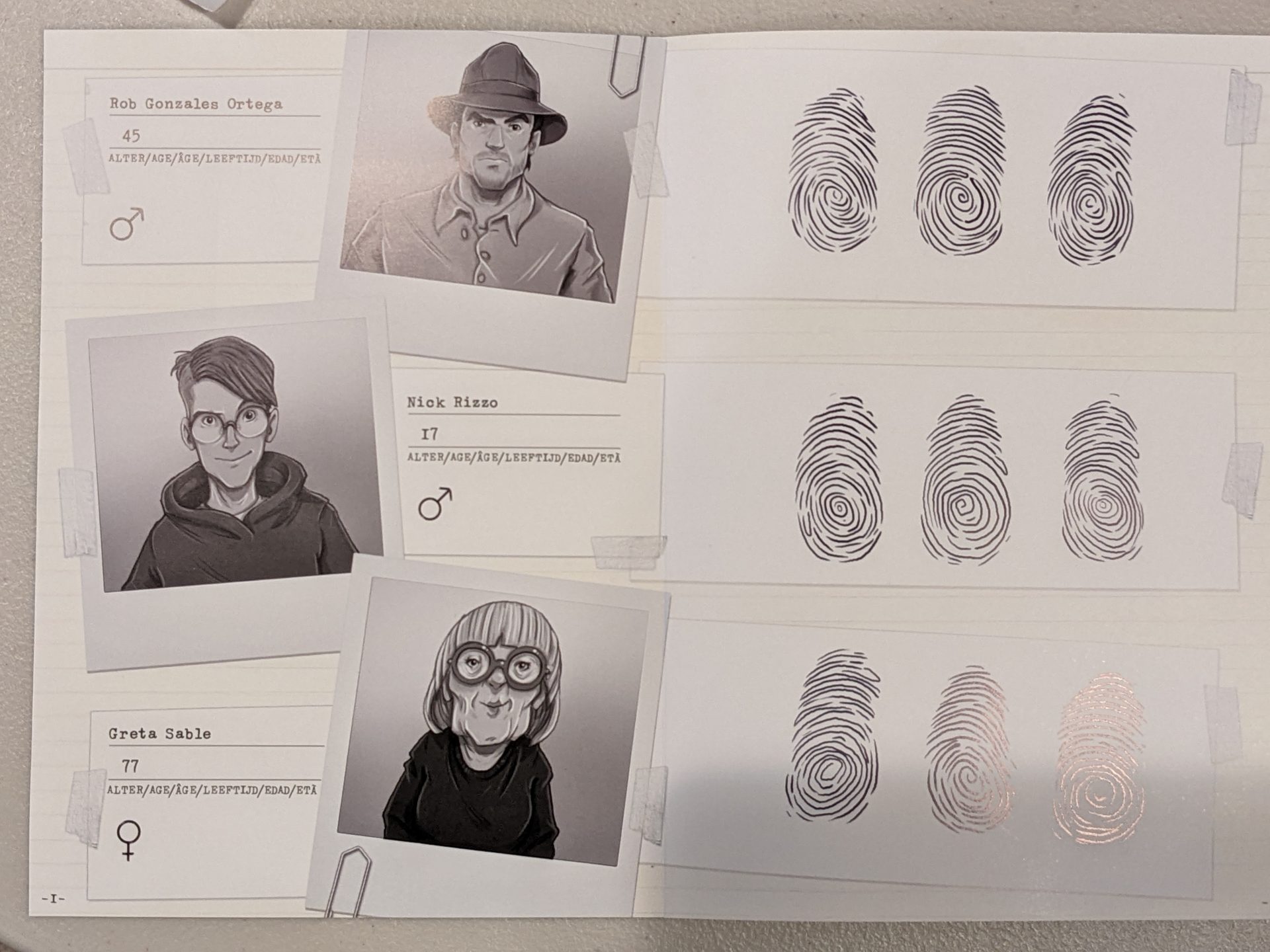
Again, like the issue I mentioned in Murder at the Oakdale Club, quality assurance of these clue cards is a minor concern. There were at least 2 cards in Theft at Cliffrock Villa that were flat-out wrong, in terms of conflicting information, with the red key solution used in this module. The beauty of the system is that HABA uses pictures of the vehicles, suspects and stolen items, so it is always clear what is being discussed. But when those are wrong, it literally breaks the game.
And we had that with the red key scenario. All 4 players had the correct solution, but 2 of us had clues that aligned with the “wrong” time. This turned out to mean that everyone was right, but a couple of the cards directly conflicted with each other in terms of what the suspect was wearing (spoiler alert: the scuba gear is bright BLUE!).
While this was the only time we found this in Theft in Cliffrock Villa, combined with the issue with language translation in Murder at the Oakdale Club, I suspect that QA and full playtesting of these games was not completely finished with the final product or these issues would have been caught. As a player, all you can do is play the game and hope for the best. Just be aware that this has popped up in my plays already, and I have played each game only a handful of times (3-5 times each).
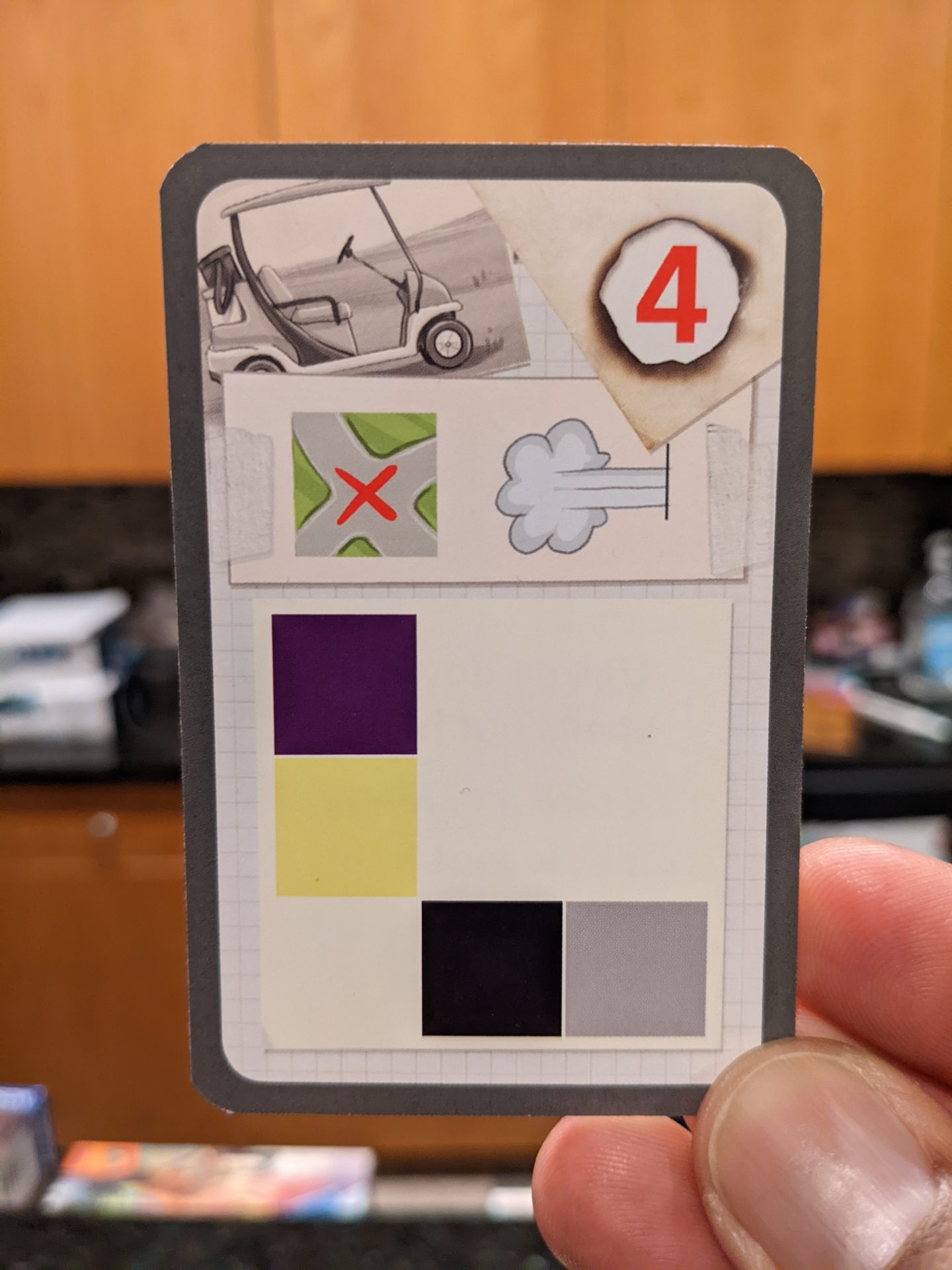
The Verdict: Play ‘Em!
The Key games are great; the cases are very accessible for kids of all ages and the replayability is very good. Even after you’ve played all 9 versions of each case, putting the box away for a few months should be long enough to forget the 3-digit codes aligned with each color key so these can be solved again and again.
The production quality is solid; save for some of the issues I found with conflicting clues, 95% of the time we experienced zero problems. The dry-erase pens are the best in my collection (the pens write well, the erasers don’t fall off the pens easily) and the instruction booklets are top notch as well.
The Key offers a nice ramp in difficulty for younger gamers who will eventually take on varying types of deduction games like Awkward Guests, Picture Perfect, and The Search for Planet X. The MSRPs for The Key are a little higher than I would like for the category, but that is balanced against a minimum of 9 plays with the same content, more if you let the game sit for a while.
I’m really excited to see what comes next, especially because there are currently no Hard/Advanced games for The Key. The mystery/escape room/deduction category is very crowded but competition has led to a variety of excellent content.


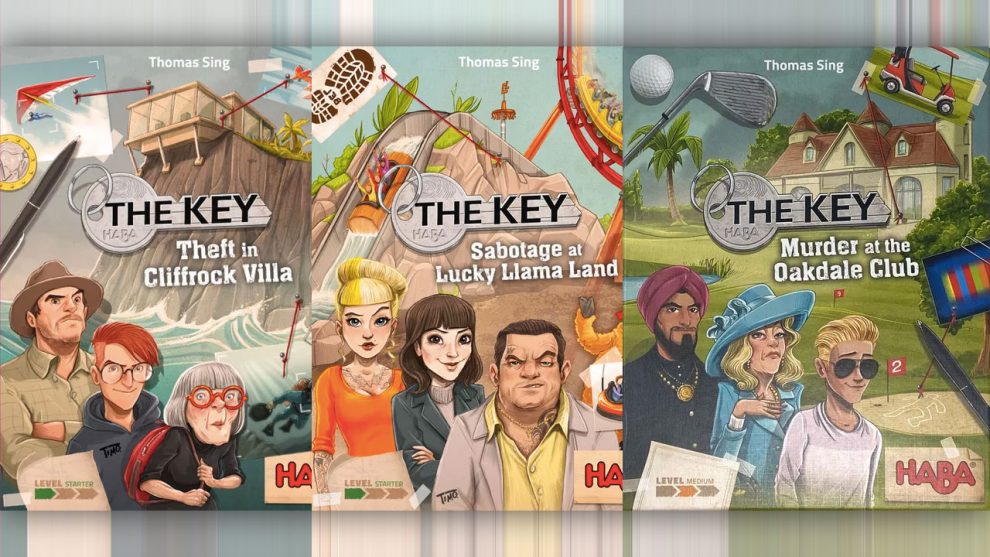



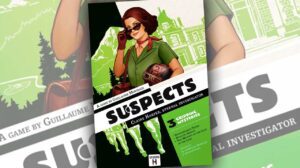
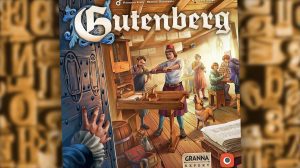
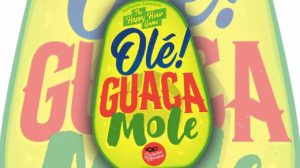
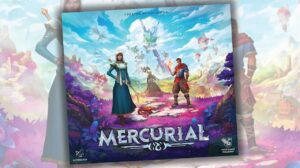




Thank you for this review which cools down some of the frustration I experienced after purchasing the French version (as I’m in France) of “The Key – Casses en série au Royal Casino” as a Christmas present, then during first time play, finding conflicting clue cards and the game not working out in the end in spite of having discarded the conflicting cards. Really crappy QA makes this a huge disappointment and zero motivation to play again. I’m looking into whether I can return the opened and one time played game.